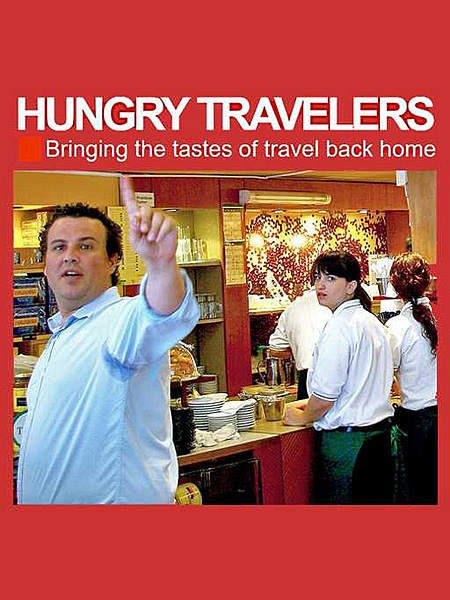Italy #5 — Parmigiano-Reggiano for dessert
Leave it to the Italians to keep dessert simple. With its strong umami flavor (second only to Roquefort cheese in glutamate levels), Parmigiano-Reggiano makes everything around it taste better. Following the Italian example, we like to make a plate with a mix of nuts, dried fruit, and fresh fruit. This fall, for example, we paired chunks of a two-year-old buttery summer milk Parmigiano-Reggiano with lightly toasted walnuts, diced apple, and buttered slices of baguette. The extra special touch on each plate was a small cluster of raisins that I brought home from Donnafugata's vineyards on Pantelleria. The Zibbibo grape (Moscato di Alessandria) is one of the few things that grows on this windswept rock halfway between Sicily and Tunisia. (The other is capers.) The picked...Read More
